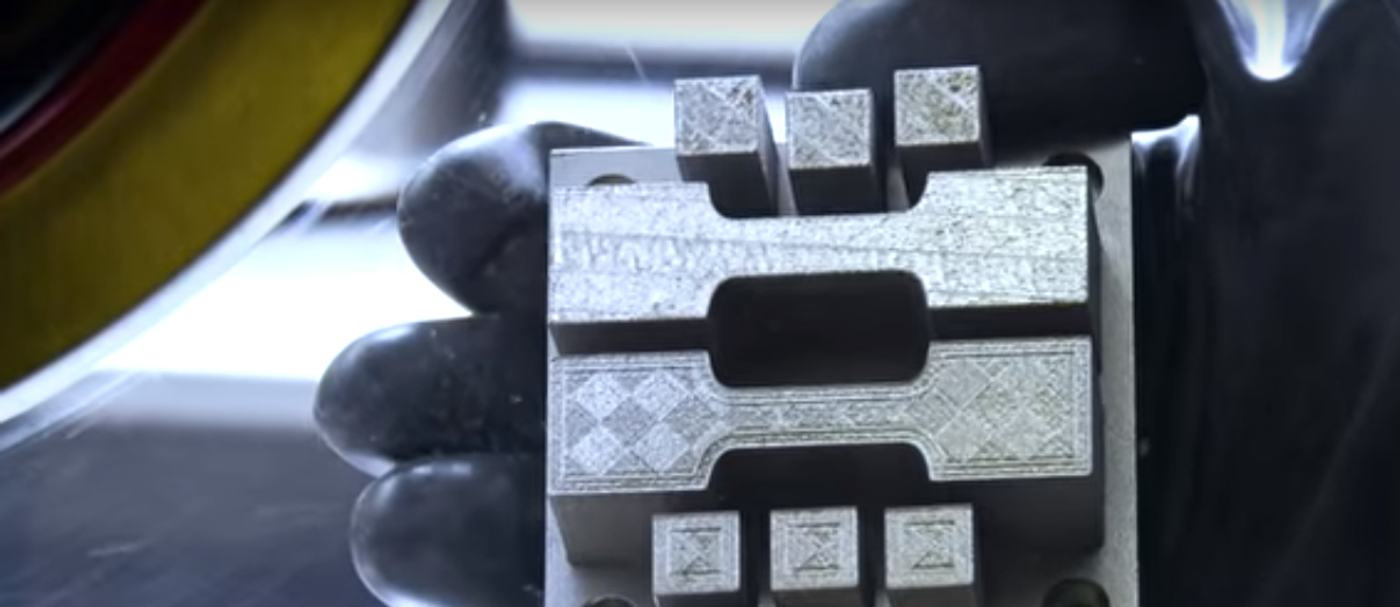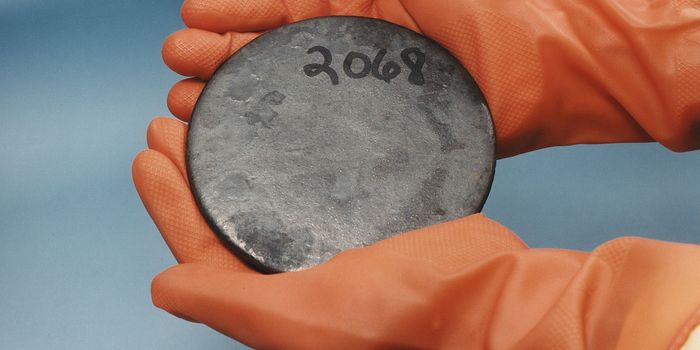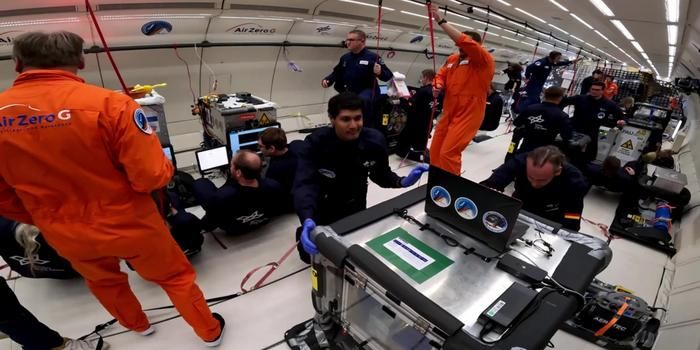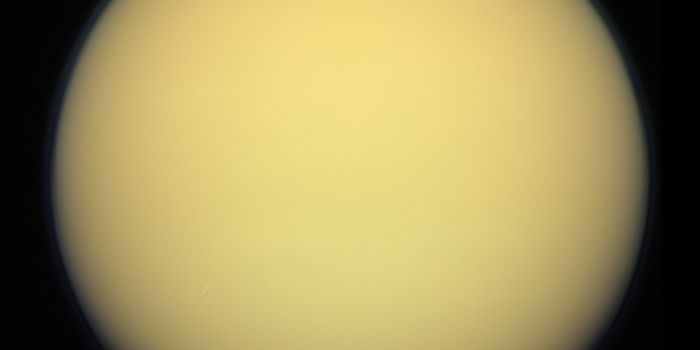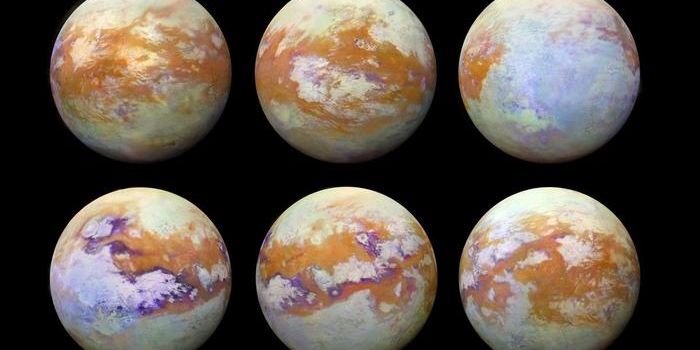3-D Printed Metal Gets Stability Boost From Nanoparticles
Creating metal products through 3D printing or additive manufacturing processes has long been hampered by cracking and defect issues. Most of the thousands of alloys that might be used do not withstand the quick heating and cooling involved in 3D printing without losing some stability. Researchers from California’s HRL Laboratories have now discovered that by adding carefully selected nanoparticles (microscopic particles with at least one dimension less than 100 nm.) to the metal powder used in 3D printing, they can create strong and solid aluminum alloys – as strong as steel at one-third the weight. These materials can be useful in aerospace, biomedicine, automotive and many other industries.
“What we’re hoping to do is remove one of the constraints. If you don’t have to worry about whether the material is going to be strong enough once you produce a part, you can focus on the next step, which is opening up the ideas of young engineers, who are thinking about brand-new [design] geometries,” Researcher John Martin tells Seeker.
Martin and his colleagues addressed the problem of metal breaking during 3D printing on the atomic level. 3D printing with metal involves powdered metal being spread in layers through a computer-controlled process. The layers are heated with lasers and each must cool before the next layer hits and fuses. Metals are crystals made of atoms organized into grains, Tracy Staedter of Seeker explains. Sometimes, defects are present at grain boundaries and these can lead to cracks. It is very common for cracks to appear as the metal grains quickly cool into irregular shapes during 3D printing.
The HRL Lab team hoped that if they added nanoparticles to the metal powder, the metal grains would surround the particles during cooling, much in the same way water vapor attaches to dust particles to form raindrops and clouds. This process is called nanoparticle functionalization and they hypothesized it could result in a uniform, fine-grained structure. It did.
After analyzing the atomic structures and pairings of more than 4,500 alloy-nanoparticle combos, they chose hydrogen-stabilized zirconium and two aluminum alloys. After testing their composition in the 3D printing process, they found the liquid metal nucleated -- formed around -- the nanoparticle grains while cooling. This resulted in the generation of “small equiaxed [(having approximately equal dimensions in all directions)] grains, which more easily accommodated the stresses generated during solidification, reducing the likelihood of cracks forming.” The crack-free aluminum they printed was as strong as steel and one-third the weight. The team published their results, “3D printing of high-strength aluminum alloys” in the journal Nature.
“I was surprised that it worked the first time,” says Martin, who has a background in metallurgy. “We followed physics, so I wasn’t too shocked that it worked, but it’s easy to write something down on a piece of paper. It’s much harder to follow through.”
A key advantage of being able to 3D print metal is that parts can be customizable and quickly produced. Martin et al. believe the technology can be used to solve cracking issues in metal processes such as casting, joining and injection molding. As the video points out, this could “revolutionize metal-based manufacturing.”
